□POM KL004AXC、‖。PC DF-20FR-ECO 、PBT 2004-2、TPE TX-5050D、→,PPS OE004AE、PC/ABS GN5001RF、‖。TPU X1014 、PA6T C630NK、‖。PC HFD1830、→,PA66 PA303G6BK、‖。PA66 PA352M6、PA6 1015GU6、PP 1540、→,TPV 121-80、PMMA GR01240、PA66 RA115、→,PP RB210、TPE G7970-1001-00、‖。PP 8191、‖。PA6 V115、TPV X5750DB、PA6 LW4203A、PA6 PH0240A、‖。TPE 3128、PA6 73GM30HSL NC、‖。PBT 5810GN2-30T、‖。PP HE07、‖。PEI SABICHTX1010F、‖。PC 3107、TPV 8451-87W232、‖。PA6 KNE1030、‖。TPE G2730、‖。PC DC0041PQ、ABS A3000、PA6 PB300G33、ABS A3000TXB、PC 3413R-731、→,TPEE HTR8163HV、ABS PA-757F、→,PMMA LP-1、‖。PA6 PSB205M、‖。PC DEP42E、→,PP LW4302、PP 984 、→,GPPS GP5350、‖。POM FB-2025SABS的流動特性屬非牛頓流體,其熔體粘度與加工溫度和剪切速率都有關(guān)系,但對剪切速率更為敏感。2,力學(xué)性能ABS有優(yōu)良的力學(xué)性能,其沖擊強(qiáng)度極好,可以在極低的溫度下使用。即使ABS制品被破壞,也只能是拉伸破壞而不會是沖擊破壞。ABS的耐磨性能優(yōu)良,尺寸穩(wěn)定性好,又具有耐油性,可用于中等載荷和轉(zhuǎn)速下的軸承。ABS的蠕變性比PSF及PC‖大,但比PA和POM☆小。ABS的彎曲強(qiáng)度和壓縮強(qiáng)度屬塑料中較差的。ABS的力學(xué)性能受溫度的影響較大。3,熱學(xué)性能ABS屬于無定形聚合物,無明顯熔點;熔體粘度較高,流動性差,耐候性較差,紫外線可使變色;熱變形溫度為70—107℃(85左右),制品經(jīng)退火處理后還可提高10℃左右。對溫度,剪切速率都比較敏感ABS ANC200、ABS AX4000、ABS AX4100、ABS AT5500、ABS ANC100、ABS ANC1201. 良好的流動性2. 優(yōu)異的抗沖擊性3. 易加工成型4. 易著色、噴涂5. 低氣味6. 良好的耐腐蝕性
The flow characteristics of ABS are non Newtonian fluids. The melt viscosity is related to the processing temperature and shear rate, but it is more sensitive to the shear rate. 2, the mechanical properties of ABS have excellent mechanical properties. The impact strength is excellent and can be used at very low temperatures. Even if ABS products are damaged, they can only be tensile failure rather than impact failure. ABS has excellent wear resistance, good dimensional stability and oil resistance. It can be used for bearings under moderate load and speed. The creep property of ABS is larger than that of PSF and PC, but smaller than that of PA and POM. The bending strength and compressive strength of ABS are inferior to those of plastics. The mechanical properties of ABS are greatly influenced by the temperature. 3, the thermal performance ABS belongs to the amorphous polymer with no obvious melting point; the melt viscosity is high, the fluidity is poor, the weatherability is poor, the ultraviolet light can change color, the thermal deformation temperature is 70 to 107 C (
EVA橡膠足球等。(4)汽車配件有避震器、擋泥板、車內(nèi)外裝飾配件等。(5)發(fā)泡制品:加壓發(fā)泡有泡沫塑料拖鞋、涼鞋、建筑材料等。注塑發(fā)泡有各種工業(yè)零部件,女用鞋底,熱熔粘合劑等。乙烯-醋酸乙烯共聚物的的成型加工EVA可注塑、擠塑、吹塑、壓延、滾塑真空熱成型、發(fā)泡、涂覆、熱封,焊接等成型加工 EVA 150、EVA 210、EVA 220、EVA 40W、EVA P1403、EVA P1405、EVA 450、EVA 210ET、EVA 220ET、EVA 310、EVA 360、EVA 410
EVA rubber football and so on. (4) auto parts include shock absorbers, fenders, interior and exterior decoration accessories, etc. (5) foam products: pressure foam, foam plastic slippers, sandals, building materials, etc. Injection molding foam has various industrial components, female soles, hot-melt adhesives and so on. The molding of ethylene - vinyl acetate copolymer EVA can be molded, extruded, blown, calendering, rolling, vacuum thermoforming, foaming, coating, heat sealing, welding and other forming processes such as EVA 150, EVA 210, EVA 220, EVA 40W, EVA P1403, EVA P1405, EVA 450, EVA 310, 360, 410
TPU可采用常見的熱塑性材料的加工方法進(jìn)行加工,如注射、擠出、壓延等等。同時,TPU與某些高分子材料共同加工能夠得到性能互補(bǔ)的聚合物合金。5.耐油、耐水、耐霉菌。6.再生利用性好。成型品用途汽車部件球型聯(lián)軸節(jié);防塵蓋;踏板剎車器;門鎖撞針;襯套板簧襯套;軸承;防震部件;內(nèi)外裝飾件;防滑鏈等機(jī)械?工業(yè)用部件各種齒輪;密封件TPU 1260DU、TPU 955、TPU V2464、TPU 955、TPU LP9254、TPU R3001、TPU SP9220、TPU SP9264、TPU SP9267
TPU can be processed by common processing methods of thermoplastic materials, such as injection, extrusion, calendering and so on. At the same time, TPU can be combined with some polymer materials to obtain polymer alloys with complementary properties. 5. oil resistant, water resistant and mould resistant. 6. the regenerative utilization is good. Moulding use automotive parts ball type coupling; dustproof cover; pedal brake; door lock crash needle; bushing leaf spring bushing; bearing; shockproof parts; interior and exterior ornaments; anti skid chain and other mechanical parts gear; seals TPU 1260DU, TPU, V2464, TPU 955, TPU LP9254, TPU R3001, TPU SP9220, TPU. P9264, TPU SP9267
因此,已開始逐步取代天然產(chǎn)品,并進(jìn)一步發(fā)展到用于整形外科器具、石膏代替物和運(yùn)動保護(hù)器材。近年來,利用TPI優(yōu)異的結(jié)晶性和溫度的敏感性,又成功地開發(fā)作為形狀記憶橡膠材料,倍受人們青睞。從結(jié)構(gòu)上來說,TPI是以高的反式結(jié)構(gòu)所形成的結(jié)晶性作為硬鏈段,再與其余任意形呈彈性相狀態(tài)部分的軟鏈段結(jié)合而構(gòu)成的熱塑性橡膠
Therefore, the natural products have been gradually replaced and applied to plastic surgery equipment, gypsum substitute and sports protection equipment. In recent years, TPI has been successfully developed as a shape memory rubber material because of its excellent crystallinity and temperature sensitivity. Structurally, TPI is a thermoplastic elastomer formed by the crystallization of a high trans structure as a hard chain, and a soft segment that is combined with the rest of the rest of the elastic phase.
TPV主要由二部分組成,一是塑料作為連續(xù)相,二是橡膠作為分散相。通常橡膠需要與軟化油或增塑劑與之配合。硫化劑和一些輔助助劑也是必不可少的。另外為了降低成本或者提高某方面的性能,一些無機(jī)填料會被填加。[1] 中文名熱塑性硫化橡膠外文名ThermoplasticVulcanizate組成一是塑料,二是橡膠簡
TPV is mainly composed of two parts, one is plastic as a continuous phase, and the other two is rubber as dispersed phase. Usually rubber should be combined with softening oil or plasticizer. Vulcanizing agents and some auxiliary auxiliaries are also essential. In addition, some inorganic fillers will be added to reduce costs or improve performance. [1] Chinese name thermoplastic vulcanizate ThermoplasticVulcanizate is made of plastic and rubber two.
? 建筑建材TPV簡介熱塑性硫化橡膠(英文為ThermoplasticVulcanizate),聚烯烴合金熱塑性彈性體,簡稱為TPV,熱塑性硫化橡膠的中文簡稱為熱塑性橡膠(英文Thermoplastic Rubber),簡稱為TPR,但這個名稱容易和其它種類的熱塑性彈性體(英文為Thermoplastic Elastomer)相混淆在一起,因為通常熱塑性彈性體也被大家叫做熱塑性橡膠,尤其是乙烯類彈性體,至少在中國似乎"TPR”已經(jīng)成為它的專有名稱了,一提起TPR,就是指以SBS、SEBS等乙烯類彈性體為基料的熱塑性彈性體,這與乙烯類彈性體在民用以及終端消費(fèi)品領(lǐng)域中消耗量之大是分不開的。TPV 101-80、TPV 121-87、TPV 121-80、TPV 111-35、TPV 111-87、TPV 111-45、TPV 111-80、TPV 8271-75
Architectural building materials TPV thermoplastic vulcanized rubber (ThermoplasticVulcanizate), polyolefin thermoplastic elastomer, short for TPV, and thermoplastic vulcanized rubber (Thermoplastic Rubber) for short, called TPR, but this name is called easy and other types of thermoplastic elastomer (UK) The article is confused with Thermoplastic Elastomer, because normally thermoplastic elastomers are also called thermoplastic elastomers, especially styrene elastomers. At least in China, it seems that "TPR" has become its proprietary name. To mention TPR, it refers to the thermoplastic properties of styrene like elastomers such as SBS and SEBS. Elastomers are inseparable from the consumption of styrene elastomers in the field of civilian and end consumer goods. TPV 101-80, TPV 121-87, TPV 121-80, TPV 111-35, TPV 111-87, TPV 111-45, TPV 111-80, TPV 8271-75
PP聚丙烯是一種高剛性材料,與PE同屬聚烯烴。均聚料密度低至0.90。可加入玻璃纖維和礦物質(zhì)(如碳酸鈣)增強(qiáng)。PP不適合0oC以下使用。如要在零下溫度使用,必須用丁二烯共聚,這樣就產(chǎn)生了共聚PP。均聚PP的的操作溫度是90oC,抗化學(xué)品(酸、堿)性能非常好。用均聚PP生產(chǎn)的零部件具有非常低的吸濕性,但注塑時收縮大。電氣性能很好,但耐紫外旋光性能、抗其它穿透性能很差。
PP polypropylene is a high rigid material and belongs to polyolefins with PE. The density of the aggregate is low to 0.90. Glass fibers and minerals (such as calcium carbonate) can be added. PP is not suitable for use below 0oC. If it is to be used at zero temperature, it must be copolymerized with butadiene, which leads to the copolymerization of PP. The operating temperature of homopolymer PP is 90oC, and its resistance to chemicals (acid and alkali) is very good. The parts produced by homopolymer PP have very low hygroscopicity, but they shrink when they are injected. Electrical properties are good, but UV resistance and anti penetration performance are very poor.
化學(xué)改性的常用方法:一種是以被改性的樹脂單體為一元,改性單體為另一元,在反應(yīng)釜內(nèi)進(jìn)行接枝共聚并獲得新的共聚物;第二種方法是將被改性樹脂作為主要原料,通過增加樹脂分子中的極性元素對其進(jìn)行有效的改性。
The common methods of chemical modification are: one is one element of the modified resin monomer, the modified monomer is another, graft copolymerization in the reaction kettle and a new copolymer. The second method is to modify the modified resin as the main raw material by increasing the polar element in the resin molecule.
LDPE的特性:低密度聚乙烯,是無色、半透明顆粒,分子中有長支鏈,分子間排列不緊密;低溫韌性很高。
Characteristics of LDPE: low density polyethylene (LDPE) is a colorless, translucent particle with long branched chains in molecules, not closely intermolecular, and low temperature toughness.
聚乙烯的加工與應(yīng)用
The processing and application of polyethylene
聚乙烯可用吹塑、擠出、注射成型等方法加工,廣泛應(yīng)用于制造薄膜、中空制品、纖維和日用雜品等。
Polyethylene can be processed by blow molding, extrusion and injection molding. It is widely used in the manufacture of thin films, hollow products, fiber and sundry goods.












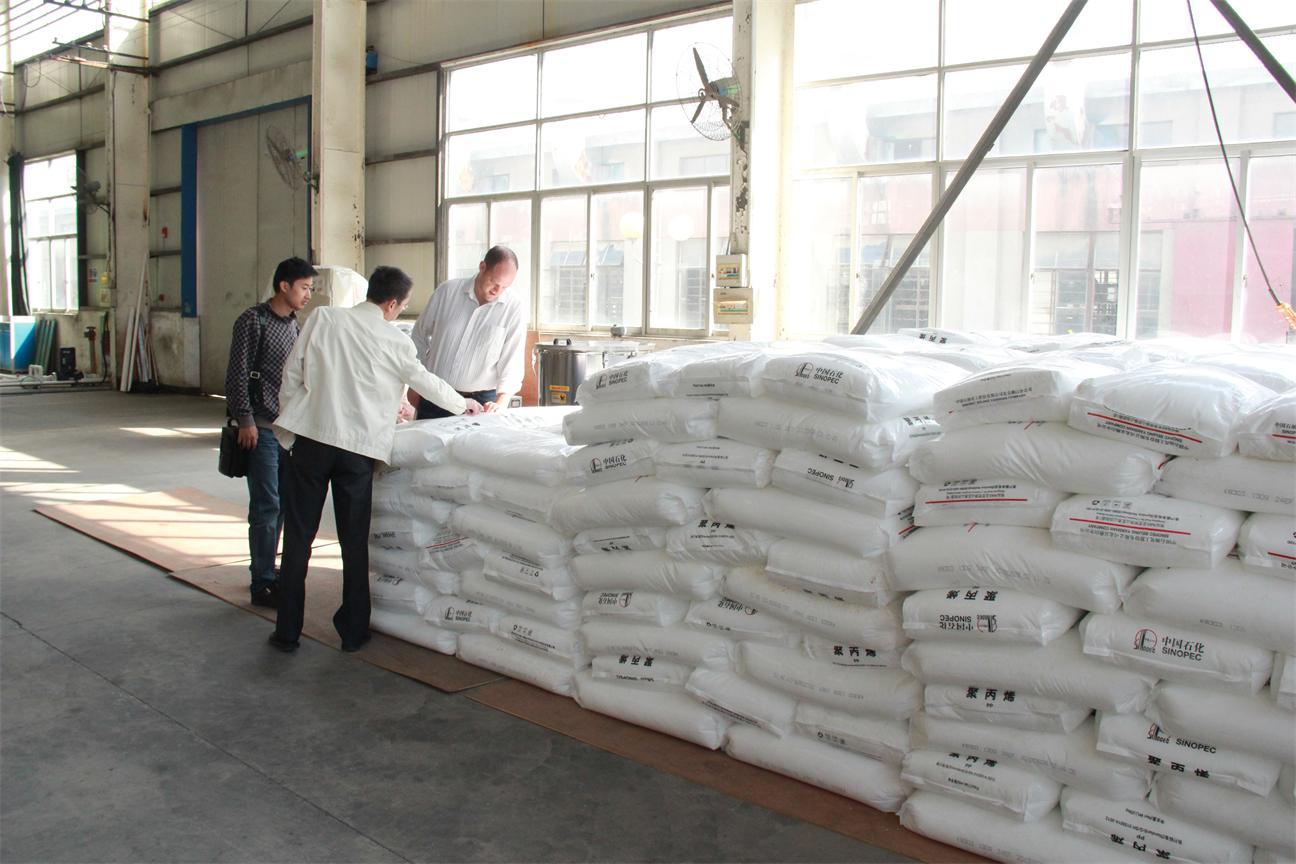
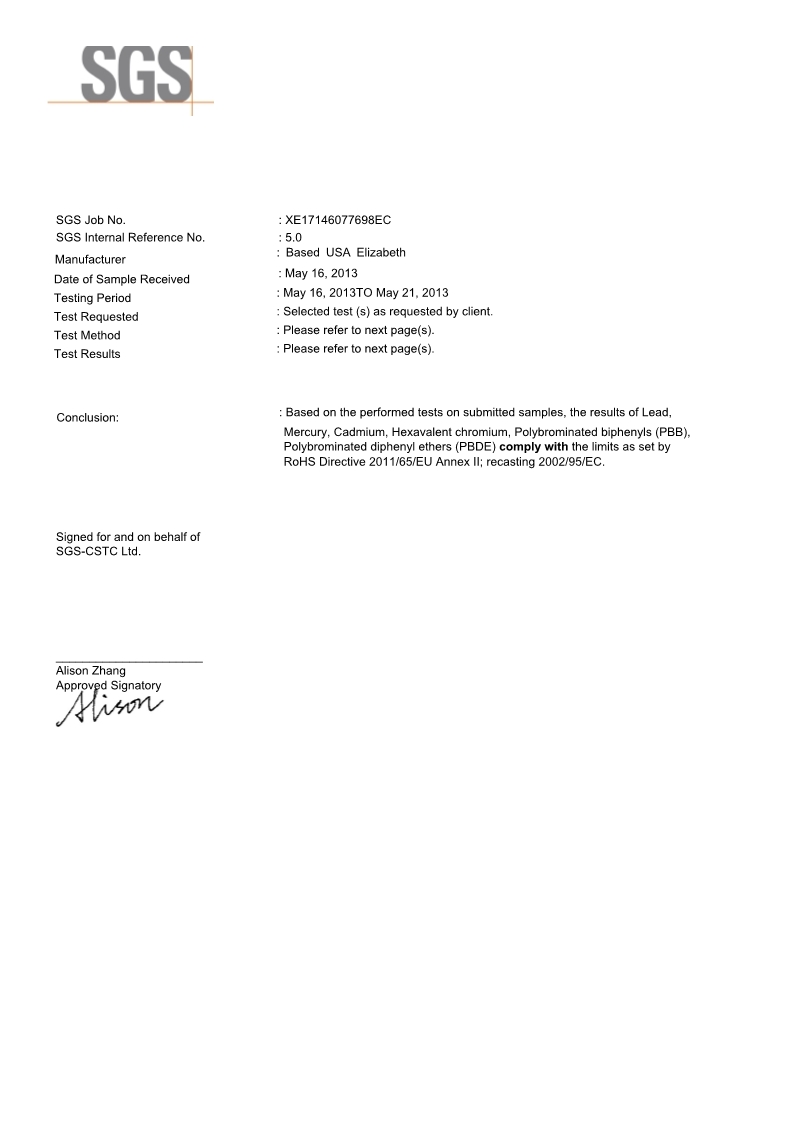
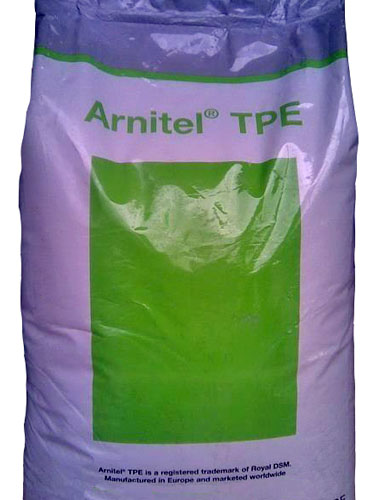
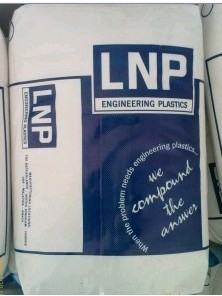
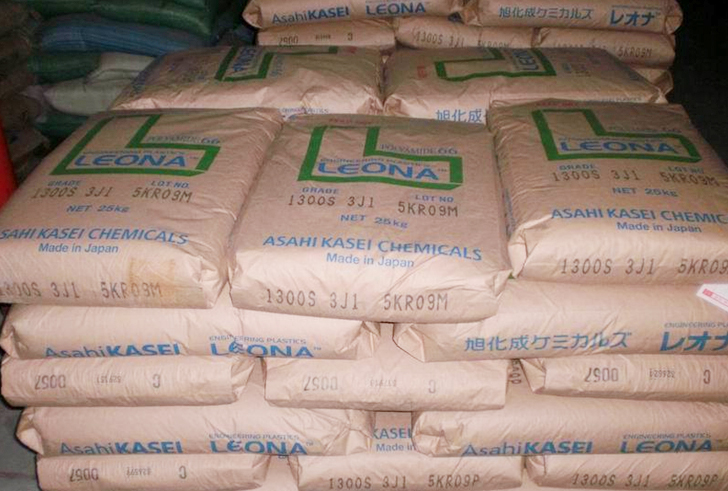
 簡繁切換
簡繁切換